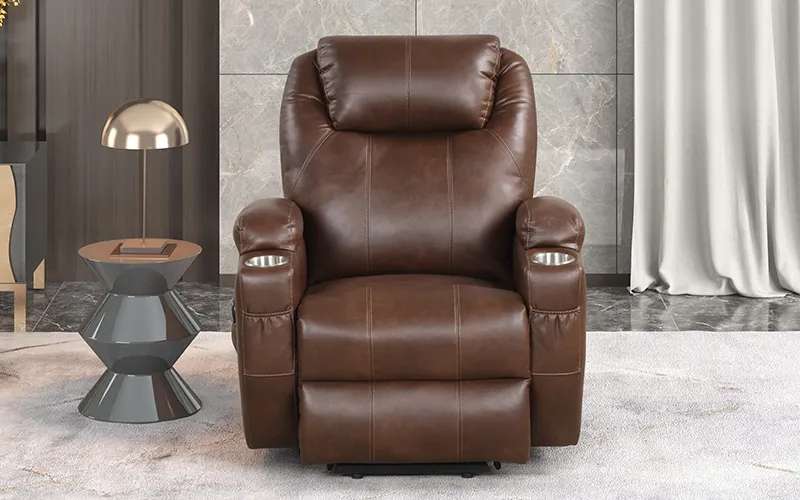Want to know The Benefits of Floor Sanding for Interior Design?
How is the floor sanding good for your place? When it comes to interior design, the floors of space can often be overlooked. However, the floors play a significant role in the overall look and feel of a room. If your floors are damaged, scratched, or worn, they can detract from the beauty of the space. This is where floor sanding comes in.
- Improved aesthetics: One of the most significant benefits of floor sanding is the improvement in aesthetics. The fresh layer of wood that is revealed after sanding can bring new life to your floors, making them look more attractive and appealing. This is especially important if you are trying to sell your property or rent it out. A well-sanded floor can add significant value to your property.
- Durability: Sanding can also help to improve the durability of your floors. Over time, floors can become scratched and worn, making them more susceptible to damage. Sanding removes these imperfections, making the floor more durable and less prone to damage. This means that your floors will last longer, saving you money in the long run.
- Health benefits: Finally, floor sanding can also have health benefits. Over time, dust and other allergens can accumulate in the fibers of your carpets, which can cause health problems. Hardwood floors, on the other hand, are much easier to clean and maintain. Sanding can also help to remove any dirt or grime that has accumulated on the surface of your floors, improving indoor air quality and making your home a healthier place to live.
What is The Process of Floor Sanding?
If you are considering floor sanding for your home, it’s essential to understand the process involved. Floor sanding is a multi-step process that requires specialized equipment and expertise. Here’s what you can expect during the floor sanding process:
- Preparation: Before sanding can begin, the room needs to be cleared of all furniture and belongings. This ensures that the sanding process can be carried out as efficiently as possible without any obstructions.
- Sanding: The sanding process begins with a coarse grit sandpaper to remove the top layer of the floor’s surface. The sanding is then repeated with progressively finer grit sandpaper until the desired level of smoothness is achieved.
- Staining and finishing: Once the sanding is complete, the floors can be stained to the desired color. After the stain has dried, a protective finish is applied to the surface of the floors to protect them from damage and wear.
What is the difference between DIY vs. Professional Floor Sanding?
While floor sanding can be a DIY project, it’s essential to understand the pros and cons of tackling the job yourself. Here are some things to consider when deciding whether to sand your floors yourself or hire a professional:
- Equipment: Floor sanding requires specialized equipment, including sanders and edgers. If you don’t have access to this equipment, you will need to rent it, which can be costly.
- Expertise: Sanding floors requires a certain level of expertise. If you don’t have experience with sanding, you could end up damaging your floors or creating an uneven surface.
- Time: Sanding floors is a time-consuming process, especially if you are doing it yourself.




